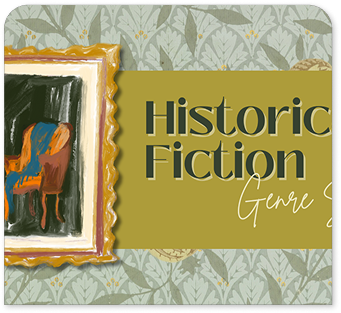-
Mon-Fri: 10AM to 8PM 01722665665
-
My Account
-
-
0
Total :
₹ 0.00

The MBD English Guide Elective, authored by B. D. Bhandari and published by Malhotra Book Depot, is a study resource specifically designed for 2nd-year BA students at Panjab University, Chandigarh. It focuses on the syllabus for semester 4th English and includes a range of literary texts and practical exercises.
Yes, the MBD English Guide Elective is an excellent resource for self-study. It provides a structured approach to understanding literary concepts, along with practical exercises that help enhance comprehension and writing skills.
The guide covers literary terms, an anthology of English verse, and various practical exercises such as précis writing, grammar, and comprehension. It is comprehensive and strictly follows the prescribed syllabus for the subject
Yes, the questions in this guide are framed according to the latest pattern of examination, ensuring that students are well-prepared for their assessments.
The guide includes practical exercises aimed at enhancing your writing abilities, such as grammar rules, précis writing, and comprehension strategies. These exercises encourage clear and coherent writing.
Absolutely! The MBD English Guide Elective is specifically tailored to aid in exam preparation. It includes practice questions, a structured format, and summaries that make revision easier and more effective for students.
While the MBD English Guide Elective is specifically designed for 2nd-year BA students at Panjab University, other students aiming to study English literature may still find it valuable due to its comprehensive coverage of essential literary concepts and texts.
Yes, the guide includes sample question papers and formats that mirror the structure of actual university examinations. This allows students to familiarize themselves with the types of questions they may encounter.
Yes, the MBD English Guide Elective includes annotations and explanations for the poems in the anthology. These are designed to help students understand the themes, literary devices, and context of each work, enhancing their analytical skills.
To ensure you are using the latest edition of the MBD English Guide Elective, please check the publication date on the book details page on our website, amitbookdepot.com. We strive to keep our inventory updated with the most recent editions available.
No Description Added
The MBD English Guide Elective, authored by B. D. Bhandari and published by Malhotra Book Depot, is a study resource specifically designed for 2nd-year BA students at Panjab University, Chandigarh. It focuses on the syllabus for semester 4th English and includes a range of literary texts and practical exercises.
Yes, the MBD English Guide Elective is an excellent resource for self-study. It provides a structured approach to understanding literary concepts, along with practical exercises that help enhance comprehension and writing skills.
The guide covers literary terms, an anthology of English verse, and various practical exercises such as précis writing, grammar, and comprehension. It is comprehensive and strictly follows the prescribed syllabus for the subject
Yes, the questions in this guide are framed according to the latest pattern of examination, ensuring that students are well-prepared for their assessments.
The guide includes practical exercises aimed at enhancing your writing abilities, such as grammar rules, précis writing, and comprehension strategies. These exercises encourage clear and coherent writing.
Absolutely! The MBD English Guide Elective is specifically tailored to aid in exam preparation. It includes practice questions, a structured format, and summaries that make revision easier and more effective for students.
While the MBD English Guide Elective is specifically designed for 2nd-year BA students at Panjab University, other students aiming to study English literature may still find it valuable due to its comprehensive coverage of essential literary concepts and texts.
Yes, the guide includes sample question papers and formats that mirror the structure of actual university examinations. This allows students to familiarize themselves with the types of questions they may encounter.
Yes, the MBD English Guide Elective includes annotations and explanations for the poems in the anthology. These are designed to help students understand the themes, literary devices, and context of each work, enhancing their analytical skills.
To ensure you are using the latest edition of the MBD English Guide Elective, please check the publication date on the book details page on our website, amitbookdepot.com. We strive to keep our inventory updated with the most recent editions available.


